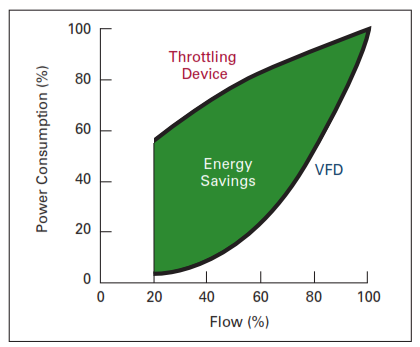Rockwell Automation Energy Saving Calculator
RA Energy Savings VFD White Paper (Centrifugal Fans)
RA Energy Savings VFD White Paper (Centrifugal Pumps)
Want more information? Contact Your Revere Account Manager or fill out our on-line Solutions Inquiry Form .


.png)
.png)